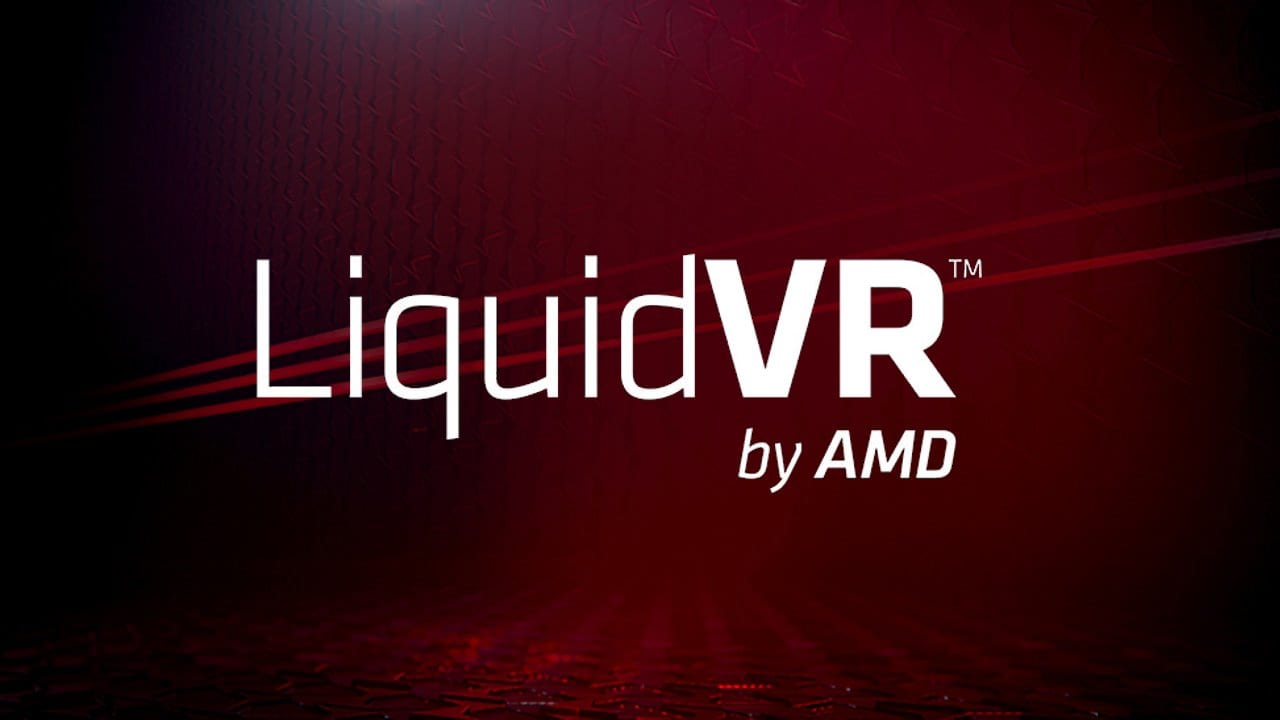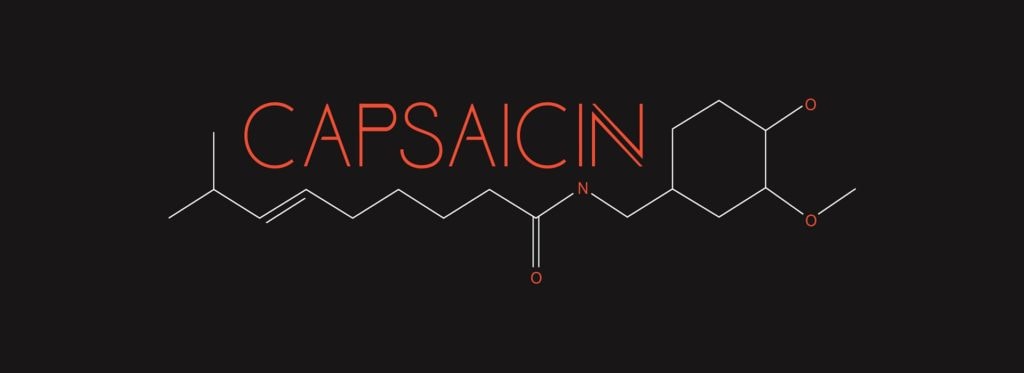
LiquidVR™
LiquidVR™ provides a Direct3D 11 based interface for applications to get access to the following GPU features regardless of whether a VR device is installed on a system.

Shortly after our Capsaicin and Cream event at GDC this year where we unveiled Radeon RX Vega, we hosted a developer-focused event designed to bring together the tight-knit community of graphics programmers attending GDC. The focus of the event was knowledge sharing and discussion on the future of real-time graphics, preceded by a handful of great presentations from invited friends to get everyone in the mood.
Twenty minutes each — spanning topics as diverse as the future of texture compression, a new scriptable renderer in Unity, and optimised VR rendering — each of the five presentations is packed with information well worth absorbing.
And not only did we record the sessions, but we also have the slide decks for you to follow along with and refer back to. So if you’re looking for something relevant and bite-sized to keep you interested while you wait for that pesky full build, there’s something here for you.
First up we had Arne Schober at Epic to give us a rundown of a number of recent interesting improvements to UE4’s renderers, from MSAA support in the forward renderer for VR, to compositing a usable UI on top of a HDR image.
Aras Pranckevicius, Unity Code Plumber, was up after Arne. Aras told the assembled audience about a new rendering system being developed out in the open for Unity 5. With a tightly controlled and highly-efficient C++ core underpinning a scriptable surface area in C#, it’s one of biggest graphics focused changes to Unity in its history. Designed to drive the GPU more efficiently, it’s already available to try out in beta versions of Unity today. Watch Aras’ talk and then maybe give it a whirl.
Next up was Stephanie Hurlburt, co-founder of Binomial. Binomial are the creators of Basis, a very exciting new take on multi-platform texture compression that has wide applicability, and not just to games. Stephanie’s talk was a great primer on Basis and the problems it’s designed and engineered to solve.
Stephanie was followed by Tamas Rabel, Lead Graphics Programmer at Creative Assembly. Tamas took his 20 minutes to let us know how Creative Assembly have evolved their engine, which originally targeted DirectX® 9, to abstract over the disparate graphics APIs they need to support for Warhammer now, including DirectX 12.
Then we had Tom Sanocki from Limitless and Dave Wilkinson from AMD, to talk about how subsurface scattering is implemented in Unreal Engine’s forward renderer. Because UE4 implements subsurface scattering as a screen space effect, it wasn’t available on the forward path by default, so a new technique had to be implemented, and one that had to still work with the UE4 material system and editor. Check out the slides and video to see how it was done.
Last but not least was Oxide’s Dan Baker. What better way to do R&D into a new direction you’d like to take your engine than create a small game for it? That’s exactly what Oxide have done by creating Not Enough Bullets, a test case for the next generation of their latest engine, Nitrous, and its future forays into VR. Dan talked about working out how to make the very best use of multi-core CPUs and the GPU to reduce motion-to-photon latency, using Not Enough Bullets to drive things forwards.